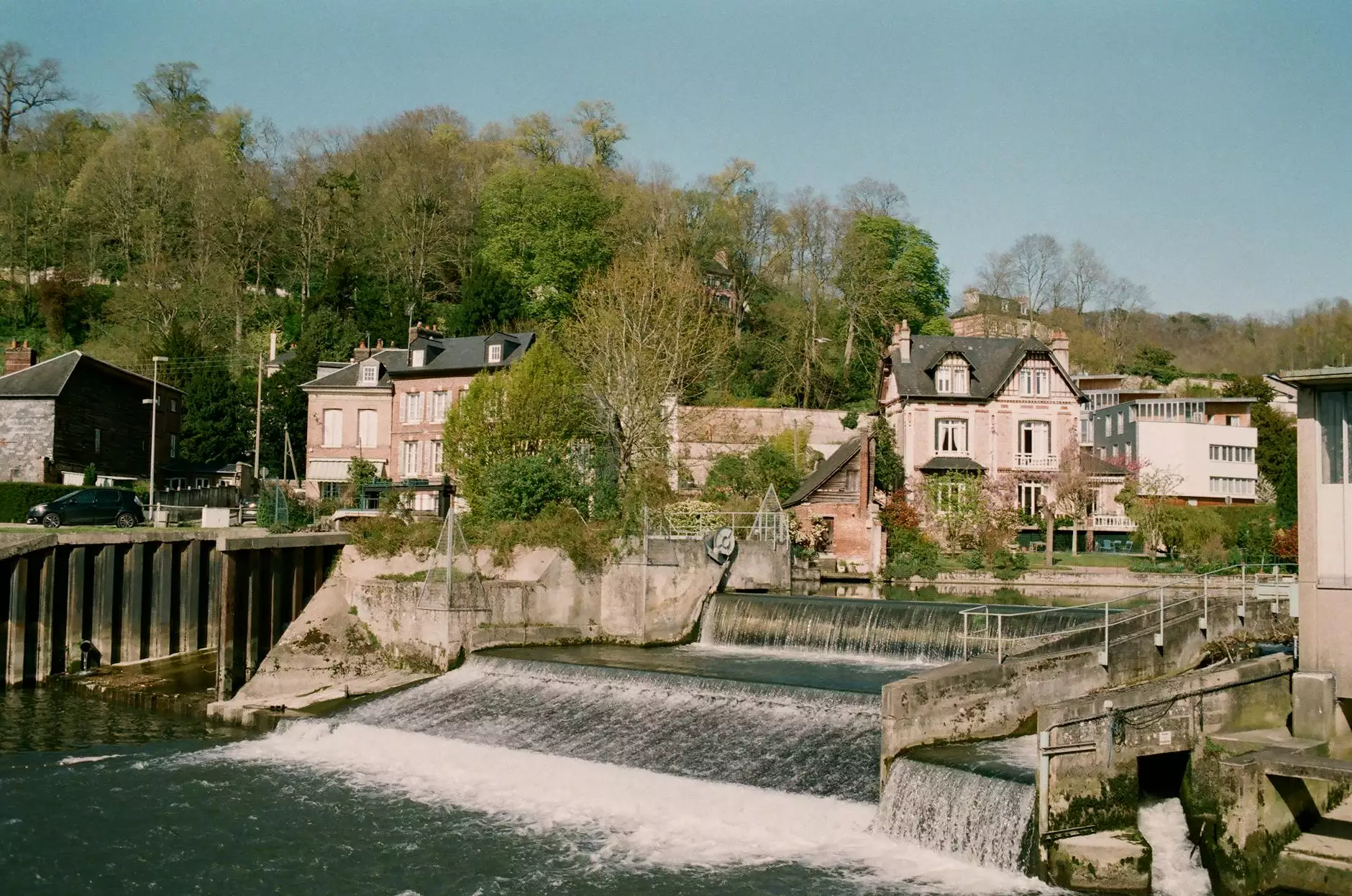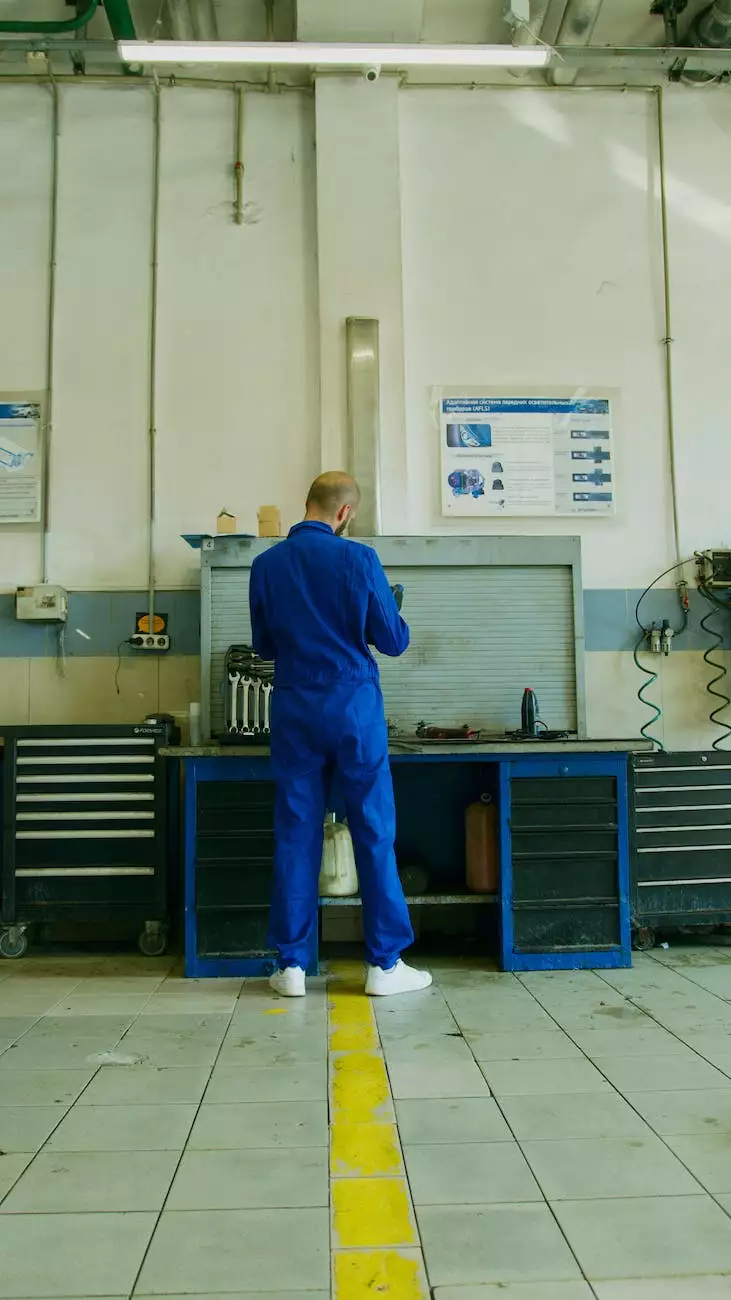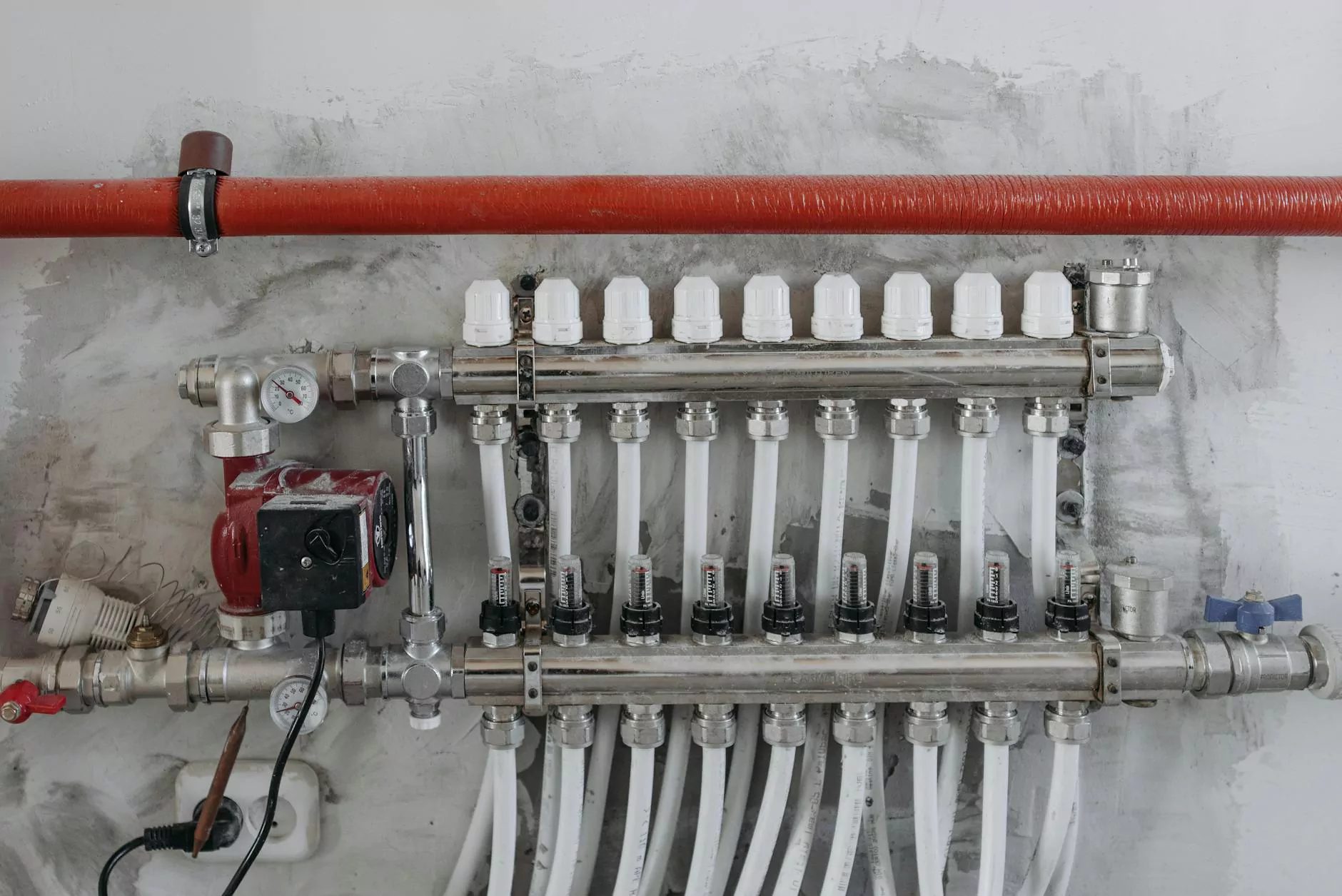How to Drain Your Water Heater - Buffalo
Blog
Introduction
Welcome to our comprehensive guide on how to drain your water heater in Buffalo. Regular maintenance of your water heater is crucial to ensure its optimal performance and longevity. Draining your water heater helps remove sediment buildup, enhances efficiency, and prevents potential issues. In this guide, you will find step-by-step instructions and valuable tips to successfully drain your water heater at home.
Why Should You Drain Your Water Heater?
Draining your water heater on a regular basis offers several important benefits:
- Improved Efficiency: Over time, sediment can accumulate at the bottom of your water heater tank, hindering heat transfer. Draining removes this sediment, allowing your water heater to operate efficiently.
- Extended Lifespan: Regular maintenance, including draining, helps prevent corrosion and prolongs the lifespan of your water heater.
- Enhanced Water Quality: Draining removes any mineral deposits and sediments that can affect the taste and quality of the water coming out of your taps.
- Reduced Risk of Issues: By draining your water heater, you reduce the chance of potential issues, such as leaks or burst tanks, caused by sediment buildup or excessive pressure.
Step-by-Step Guide to Draining Your Water Heater
Step 1: Turn Off the Water Heater
Before starting the draining process, make sure to turn off the water heater completely. Locate the power switch or circuit breaker dedicated to your water heater and switch it off.
Step 2: Allow the Water to Cool
Give your water heater enough time to cool down. Hot water can cause burns, so it's essential to wait until the water inside the tank reaches a safe temperature.
Step 3: Turn off the Water Supply
Locate the cold water supply pipe connected to your water heater. Turn the valve clockwise to shut off the water supply. This prevents water from refilling the tank while you're draining it.
Step 4: Connect a Garden Hose
At the bottom of your water heater, you should find a drain valve. Connect one end of a garden hose to this valve. Ensure that the other end is positioned near a floor drain or somewhere suitable to allow water to flow out.
Step 5: Open the Pressure Relief Valve
Locate the pressure relief valve on your water heater. Open it to help facilitate water flow during the draining process. This valve is typically equipped with a lever or a small handle.
Step 6: Drain the Tank
Now that all necessary preparations are complete, you can open the drain valve gradually. The water will start flowing out through the connected garden hose. Ensure that you have a bucket or another container nearby to collect any initial sediment-heavy water. It's normal for the water to appear discolored at first due to the sediment.
Step 7: Flush with Fresh Water
After draining a significant amount of water, you can opt to flush the tank with fresh water. This step is optional but can help further remove any remaining sediment. To do this, close the drain valve, disconnect the garden hose, and turn on the cold water supply. Allow the water to run through the tank and out of a nearby faucet until it runs clear.
Step 8: Complete the Process
Once the water runs clear, close the pressure relief valve, reconnect the garden hose, and tightly close the drain valve. Turn on the water supply and allow the tank to fill back up before turning on the power to your water heater. Check for any leaks and ensure everything is functioning properly.
Tips for Successful Water Heater Drainage
1. Frequency of Draining
The frequency of draining your water heater depends on several factors, such as water hardness and usage. As a general guideline, it's recommended to drain your water heater annually. However, if you notice reduced efficiency or significant sediment buildup, consider draining it more frequently.
2. Safety Precautions
Always take the necessary safety precautions when draining your water heater. Avoid contact with hot water to prevent burns by allowing sufficient time for cooling. Additionally, use gloves and eye protection when handling valves to protect yourself from potential leaks and splashing water.
3. Professional Assistance
If you are unsure about any aspect of draining your water heater or encounter any issues that you are not comfortable addressing, it's always advisable to seek professional assistance from a licensed plumber. They can ensure the proper maintenance of your water heater and address any underlying concerns.
4. Regular Maintenance
Draining your water heater is just one aspect of its regular maintenance. To keep it functioning optimally, consider following the manufacturer's recommendations for overall upkeep, including flushing, inspections, and annual servicing.
Conclusion
Regularly draining your water heater in Buffalo is vital for maintaining its efficiency, prolonging its lifespan, and ensuring optimal water quality. By following our comprehensive guide, you can confidently perform this essential maintenance task at home. Remember to stay safe, be thorough, and consider seeking professional assistance whenever necessary. Give your water heater the attention it deserves, and enjoy the benefits of a well-maintained system that provides reliable hot water for years to come.










